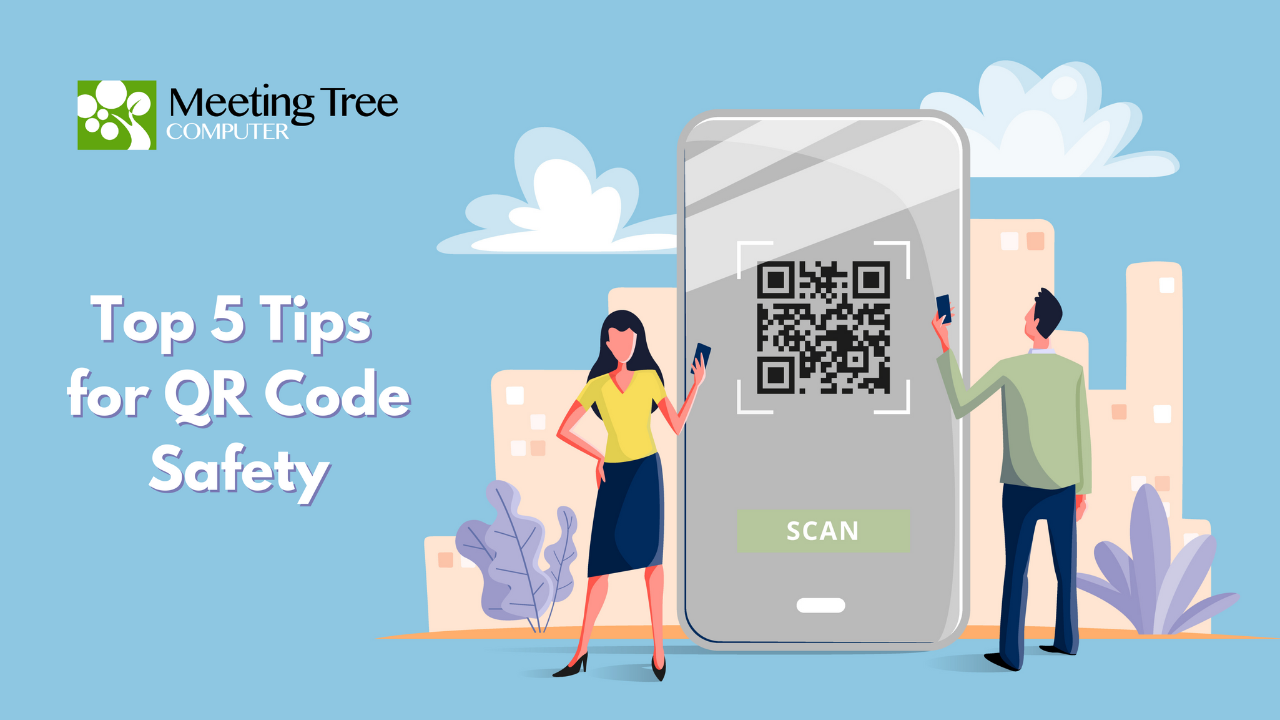As the pandemic restricted the touching and sharing of physical objects, QR codes have become a regular staple in our lives. Restaurants share their menus with a quick scan and many public health organizations use the black and white codes as part of their pandemic management framework to track and contain the spread of COVID-19.
It is estimated that 76 million people scanned QR codes in the U.S. throughout 2021. That’s almost 44% more than the year before!
Unfortunately, as the codes have become an increasingly helpful addition to our lives, scammers have been working hard to use this to their advantage.
But don’t fear. Here are five tips to help keep you safe:
Check the URL: When scanning a QR code, a preview of the website link is displayed prior to you clicking it. If the link looks short or is unrecognizable, be cautious to move forward. Only use links that will take you exactly where you expect to go.
Double-check the URL: Once you tap on the QR link, make sure that it takes you to the website you were expecting and not a clever phishing site that looks like an exact copy of it. Beware of the details!
Do not log into any accounts: After clicking on a QR code, be careful about using login information on these sites. Sometimes it will be necessary to do so but be wary of sharing any personal information to websites that you access through a QR scan.
Never download apps: A very common scam is creating a QR code that lures you into downloading a fun-looking app while, in reality, it is installing malware and stealing your personal information. All the fun goes to the attacker and none for you! Our advice: avoid downloading applications to your device when it stems from a QR code. Download through the app store instead.
Limit payments made: Unless you are sure, that it is legitimate and the payment is through a reliable company, do not make payments through QR codes. In other countries it is less common to use QR codes for payment, so be careful, especially if you are traveling.

